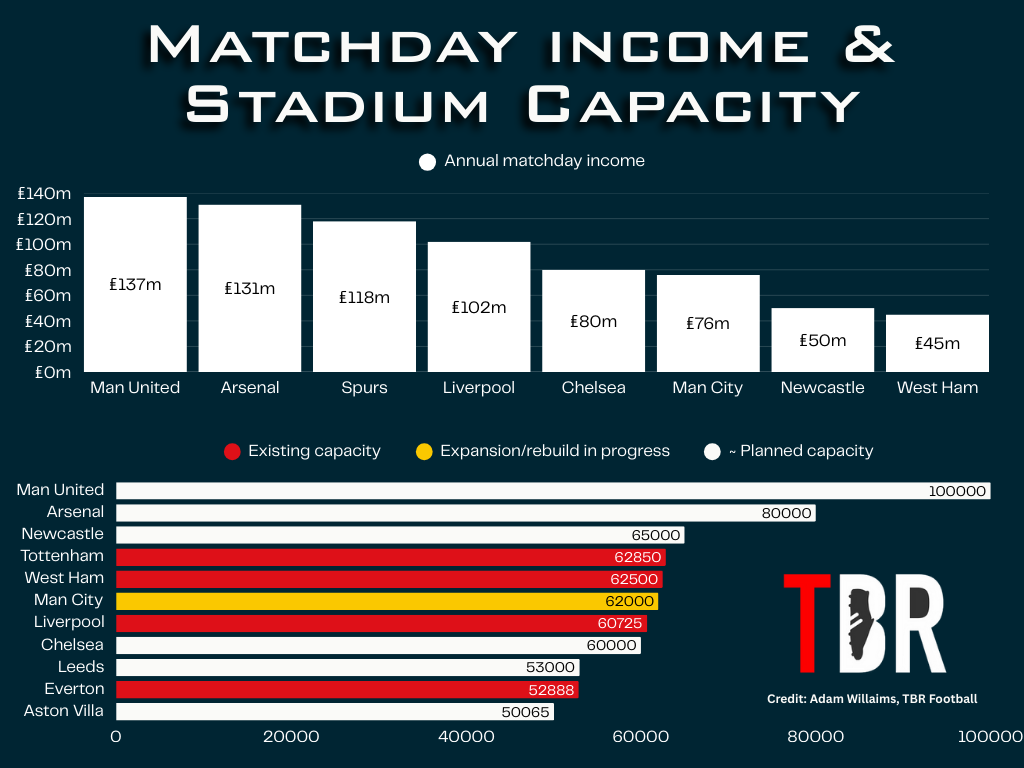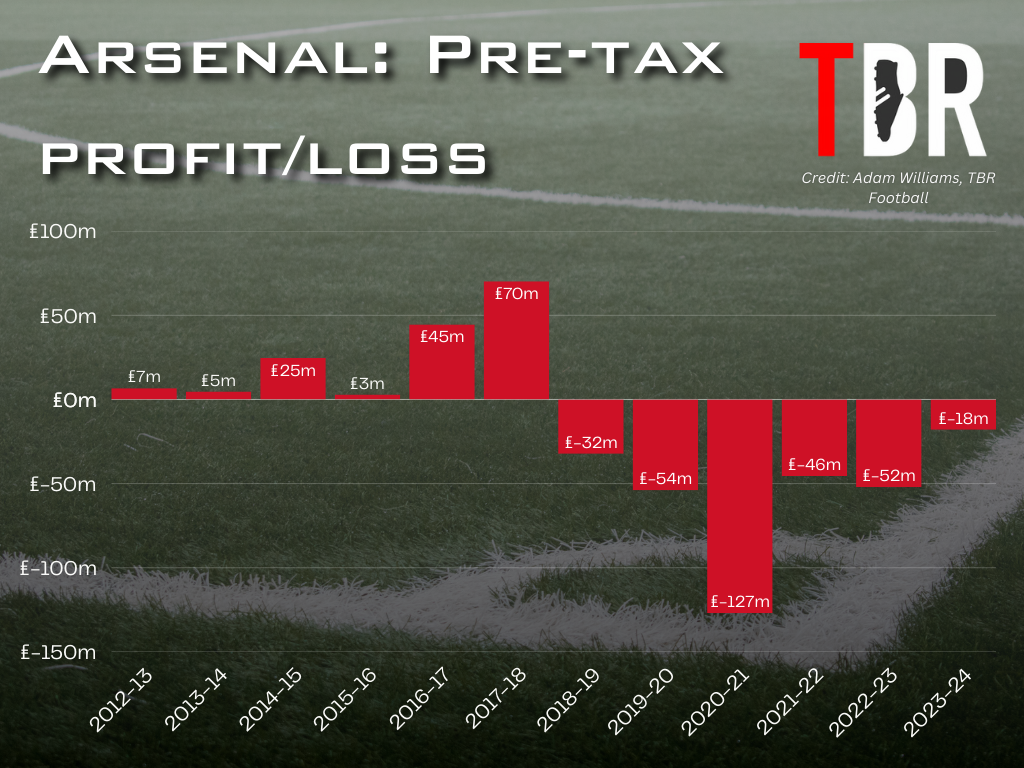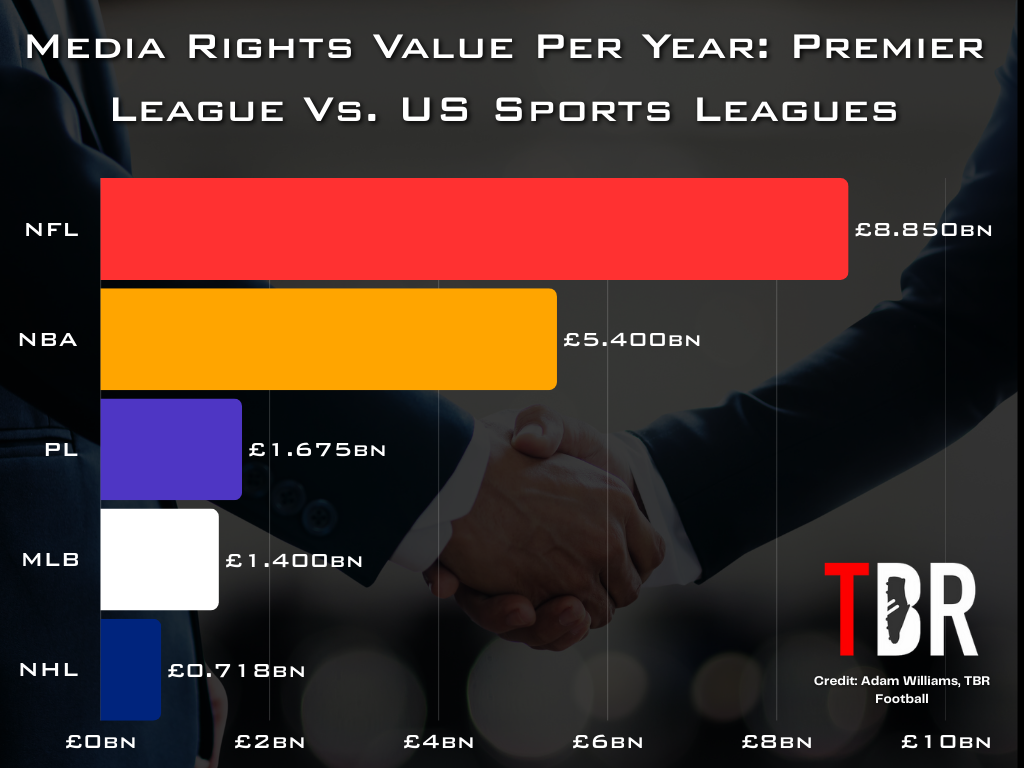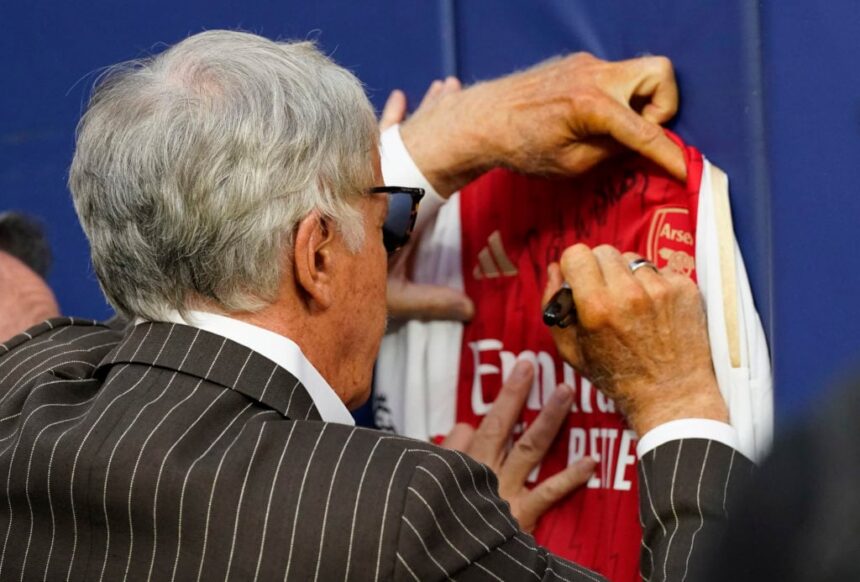As the owners of one of the world’s most valuable sports empires worth close to £15bn and the 89th richest person in the world, Arsenal owner Stan Kroenke has seen a fair few investments take off.
The Missouri-born billionaire has also married into the Walton family, who own Walmart, the world’s largest company by revenue.
Arsenal’s revenue of £616m was barely one per cent of Walmart’s in most recent respective financial years, while the supermarket chain generated £14.5bn profit compared to the Gunners’ £18m loss. But Stan Kroenke recognises that football finance is a huge growth market.
Why? Because regardless of what Mikel Arteta’s side does on the pitch, they have a global brand which the Kroenkes think can be far more effectively monetised than it has historically. That is why, despite financial losses persisting across the Premier League, investment from the United States continues to flow.
Exactly how Kroenke Sports & Entertainment think they can get to a stage where they are generating chunky, regular profits isn’t clear. Like nearly every owner in football, they keep their cards close to their chests when it comes to their motivations.
Many experts TBR Football speaks to evangelise about technologies such as immersive reality as the next big revenue plateau. Kroenke has invested in this industry personally as part of a fund that raised £240m for the immersive reality platform Cosm late last year.
The idea here is for Arsenal to be accessible to more paying customers in international markets. However, it is in N5 where Josh Kroenke appears to think the biggest gains can be made, with the owners looking to expand the Emirates Stadium’s capacity to around 80,000.

Credit: Adam Williams/TBR Football/GRV Media
That would bring in much greater matchday revenues and generate bigger and better sponsorship opportunities. Before long, Arsenal and a handful of football’s other biggest clubs will be targeting the £1bn mark in terms of revenue.
But one steep challenge remains: cost control.
In recent years, Arsenal’s revenue has soared but the cash has gone straight back out again on player wages and transfer fees. Everywhere you look in football, it’s the same story.

Credit: Adam Williams/TBR Football/GRV Media
If Kroenke and his peers in the Premier League boardrooms of the so-called Big Six want to make the kind of return on their investments that they are targeting, they need to sort that out.
However, the mood music from behind the scenes suggests they are confident of doing exactly that.
Arsenal valued at £3.4bn as place in list of Europe’s top clubs revealed
In total, Stan Kroenke has invested over £1.3bn since he first bought into Arsenal in 2007.
The vast majority of that has come from the money he paid various shareholders for their stakes in the lead up to 2018, when he took 100 per cent control of the club.
He has, however, also provided over £300m worth of shareholder loans at either very low or no interest.
If he was to sell the club tomorrow, what kind of return would he make on his investment?
According to respected industry outlet Sportico, Arsenal are now worth £3.4bn, meaning KSE have already tripled their investment in capital appreciation terms.
| Rank | Club | Value | Revenue (23-24) |
| 1 | Real Madrid | $6.53 billion | $1.13 billion |
| 2 | Manchester United | $6.09 billion | $834 million |
| 3 | FC Barcelona | $5.71 billion | $802 million |
| 4 | Liverpool | $5.59 billion | $773 million |
| 5 | Bayern Munich | $5.21 billion | $827 million |
| 6 | Manchester City | $5.16 billion | $901 million |
| 7 | Arsenal | $4.49 billion | $773 million |
| 8 | Paris Saint-Germain | $4.26 billion | $873 million |
| 9 | Tottenham Hotspur | $3.68 billion | $652 million |
| 10 | Chelsea | $3.57 billion | $590 million |
Arsenal are the 7th most valuable team in the world, per Sportico, and the third most valuable Premier League side.
However, in the context of the wider Kroenke empire, the Gunners are actually the junior partner in the group.
Why are Stan Kroenke’s LA Rams worth so much more than Arsenal?
The Los Angeles Rams are the jewel in the Kroenke Sports & Entertainment crown.
Kroenke has plunged billions into the NFL franchise’s infrastructure and sporting operation, unlike Arsenal where he has underwritten only modest losses in the pursuit of success.

Credit: Adam Williams/TBR Football/GRV Media
The difference? The Rams are consistently profitable. Cost controls like salary caps and other mechanisms within the NFL mean that Kroenke knows almost exactly the return he will make on his investment each year. At Arsenal, by contrast, there are a great many unknowns.
Investors hate uncertainty – and uncertainty isn’t exactly in short supply in the Premier League, nor in European football more widely.

Credit: Adam Williams/TBR Football/GRV Media
Arsenal’s revenue is volatile and, despite rising commercial and matchday income, is still heavily linked to sporting success. At the Rams, success on the pitch has been decoupled from financial performance.
That’s why the NFL is a money pit whereas the Premier League is a speculative market. What’s more, despite the popular perception that the Premier League is the most followed sports league in the world, the NFL’s media contracts absolutely dwarf English football’s.









